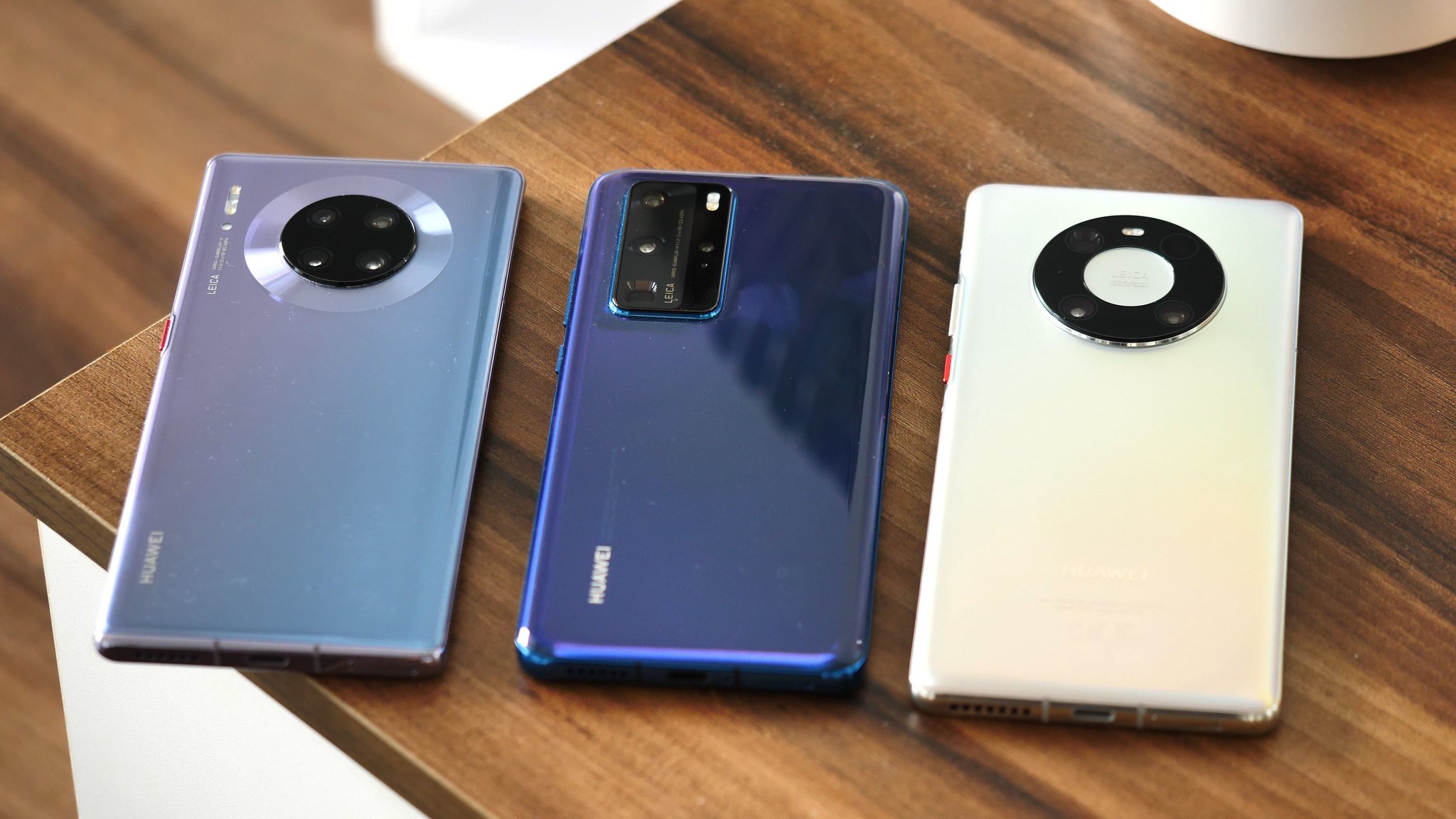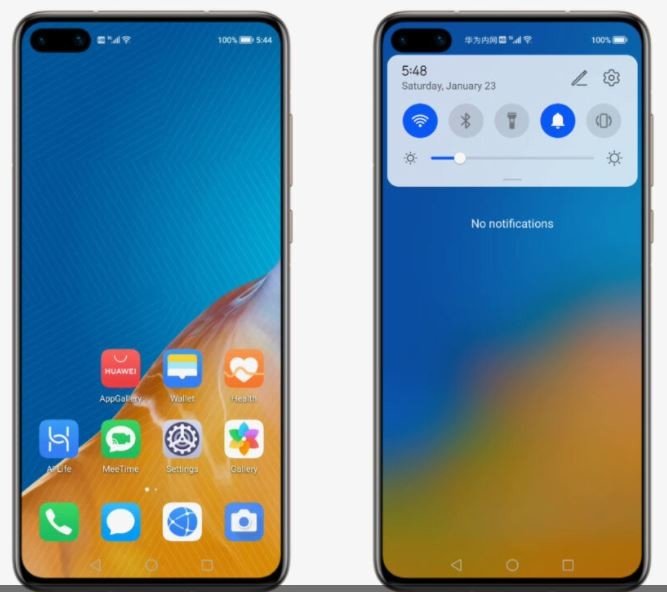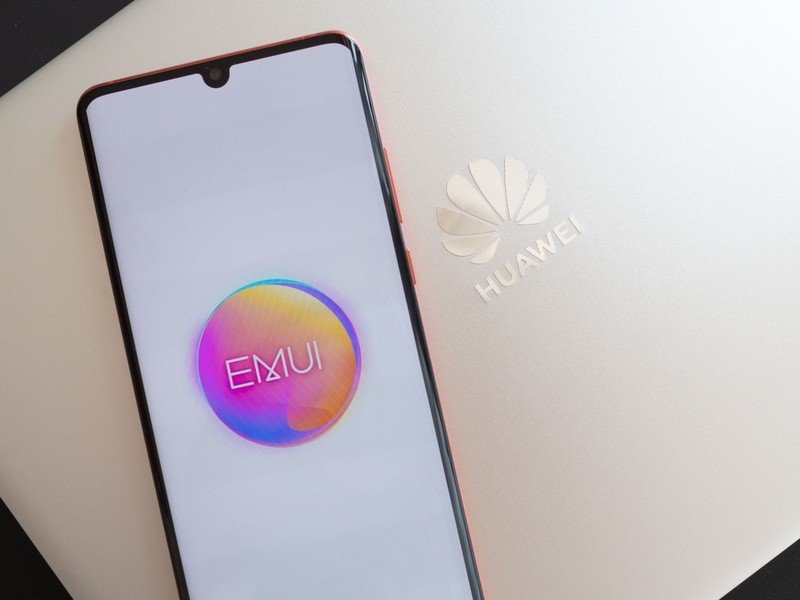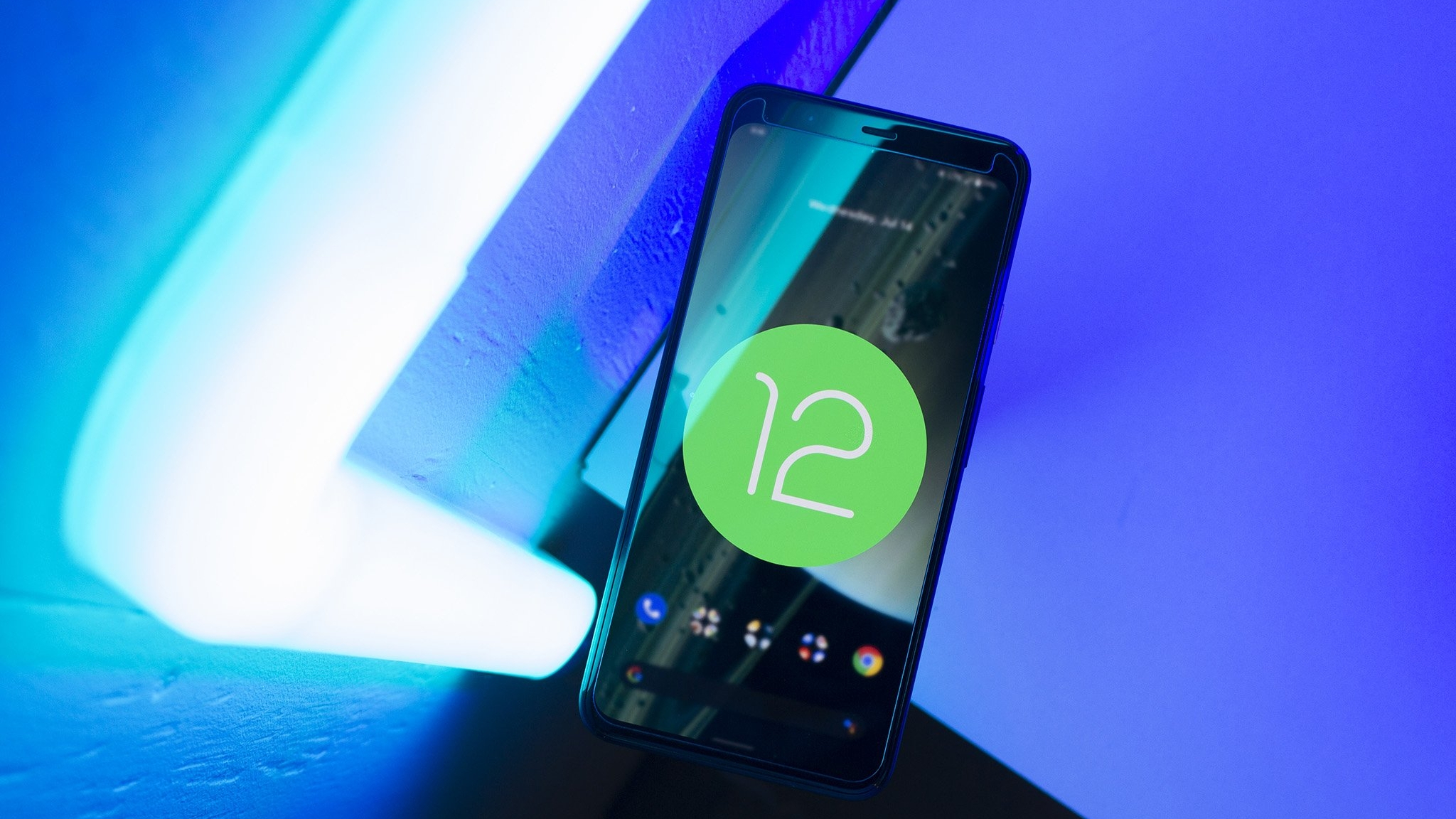Turns out that Huawei's HarmonyOS is really just Android with a bit of makeup applied

Huawei used to make some of the best Android phones you could buy. You probably never used one if you live in the U.S., but in many other parts of the world, Huawei phones were popular enough to keep the company in a head-to-head race with Samsung as the world's largest smartphone maker.
Huawei makes great phones but they all need great software for anyone to care about them.
Ars Technica has a wonderfully complete breakdown of Huawei's HarmonyOS 2 beta program written up that you totally need to take a look at. It covers the world's previously largest phone manufacturer's woes when it comes to software after the Chinese giant was placed on the U.S. Entity list and can no longer do business with Google, and on its own, that's an incredibly complex subject to tackle. Or it should have been.
It turns out that after all the smoke and mirrors, HarmonyOS, as it stands right now, is just Android 10 with as much "Google" and "Android" scrubbed away as possible. This makes perfect sense and is exactly the right move for Huawei to make because the majority of Android as an operating system is free and open — and nobody, not even U.S. officials, can decide who gets to use it or how. But the execution of it is a mess of epic proportions.
Of course, if this were the whole story it would be pretty boring and little more than a blip in your news reader. According to Wang Chenglu, president of Huawei's consumer BG software department, HarmonyOS is built completely in-house, expects to be in place on over 300 million devices by year's end, and is definitely not a copy of Android. Oops.

I want to be fair here. Huawei does have a second operating system designed to replace the western software on IoT devices called OpenHarmony. It uses Huawei's liteOS microkernel and none of the software in its world runs on or in Android. But this is not HarmonyOS 2 beta that Huawei is courting developers with. HarmonyOS version 2 beta is — and nobody is kidding here — the open-source bits of Android 10 compiled with some Huawei visuals on top.
Huawei's other OS does look to be an in-house product, but it's not for phones.
Here's where we need to stop and thank Ars Technica's Ron Amadeo for taking one for the team. To get to try the beta, Ron was forced to send a photo of his passport and go through a background check which the CCP almost certainly has filed away somewhere in case of ... something. But yes, Huawei forces potential and interested developers into submitting this documentation and waiting out a two-day background check. I can't think of any scenario where that's not completely ridiculous.
There's also nothing you can download and run on local hardware, with HarmonyOS 2 beta being used through the cloud from a phone plugged into a PC somewhere in mainland China. In addition, the developer documentation is literally pages of PR language and outdated, overarching descriptions of what HarmonyOS was sold as — a China-built competitor to Android and iOS — and not what it really is.
Be an expert in 5 minutes
Get the latest news from Android Central, your trusted companion in the world of Android
You can see all the dirty details in Ars Technica's original article so I'm not going to hash through all of them. And there is a lot to hash through! It all leaves me with one huge glaring question: Why? Why did Huawei do this when it didn't have to?

Every single person reading this has the means and permission to use Android as-is and build their own operating system. It's not easy by any means, but Huawei is absolutely capable of doing what Amazon has done for Kindle devices or what countless Android TV box makers have done with much smaller budgets and R&D teams. In fact, pulling Android out of the cloud, rebuilding, and rebranding it is exactly why it is there.
You have permission to make a smartphone that runs Google. We all do.
All Huawei needed to do was make sure not to use any proprietary Google apps and build out its own set of services and APIs (dubbed Huawei Mobile Services and already a real thing) for them to attract developers. Instead, it appears like Huawei simply scrubbed an existing build of Android 10 in order to sanitize it so both the U.S. and Chinese governments would be satisfied if no deeper digging was done.
I'm going to go out on a limb here and say I think that's exactly what Huawei has planned for the Chinese smartphone market. A "clean" version of Android wouldn't depend on anything from Google or another western nation (what China wants) and Huawei's set of services takes Google out of the picture which is what the U.S. wants. I think what we are seeing here is the lazy first step.
I'm guessing that the beta tag means a lot here and a finished product will be built differently. I sure hope so.
Thus the "beta" tag. This isn't software you can use on any phone right now, though that's supposedly coming. Any applications built for the current beta should work as-is for a future beta that is further removed from Google. That's exactly what we've seen from Amazon, and that's exactly how open-source software works. In fact, Android itself wouldn't be able to run without previously written open-source software that Google straight-up used and dropped into Android.
Right now, what Huawei is showing the world is a complete mess that it should be ashamed of — especially since it claimed that there was no copying of Android and this is 100% China-grown software. But future builds that have actually been forked into a usable software repository and specifically designed to run as a stand-alone HarmonyOS makes perfect sense.
In any case, don't send a copy of your passport to find out.

Jerry is an amateur woodworker and struggling shade tree mechanic. There's nothing he can't take apart, but many things he can't reassemble. You'll find him writing and speaking his loud opinion on Android Central and occasionally on Threads.
